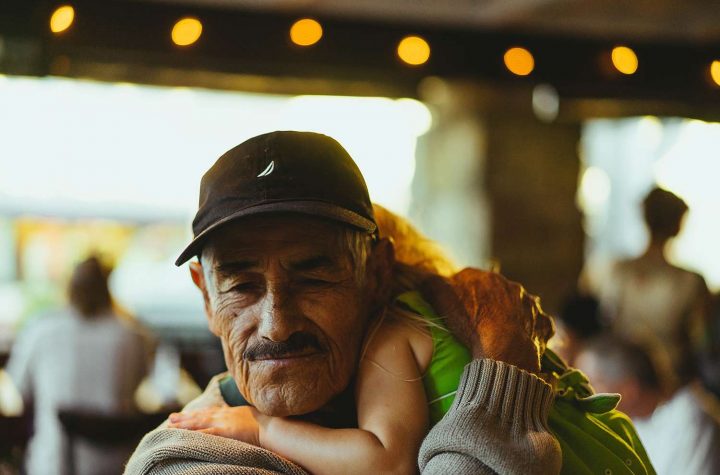- This topic is empty.
-
AuthorPosts
-
2025-02-18 at 11:04 am #83620
Fashion design is an intricate blend of art, culture, and innovation. The process of generating ideas is crucial for designers, as it sets the foundation for their collections and ultimately influences trends across the industry. But how do fashion designers get ideas? This post delves into the multifaceted sources of inspiration that fuel the creative minds of fashion designers, exploring the methodologies and influences that shape their work.
1. Cultural and Historical Context
One of the most profound sources of inspiration for fashion designers is culture and history. Designers often draw from various cultural motifs, traditional garments, and historical events to create contemporary pieces that resonate with modern audiences. For instance, the resurgence of vintage styles in recent years can be attributed to a collective nostalgia for past eras, prompting designers to reinterpret and modernize these influences.
Additionally, designers frequently engage in research trips to museums, galleries, and historical sites, immersing themselves in the rich tapestry of human expression. This not only broadens their understanding of fashion’s evolution but also allows them to incorporate unique elements into their collections, creating a dialogue between past and present.
2. Nature and the Environment
Nature serves as an inexhaustible wellspring of inspiration for fashion designers. The colors, textures, and forms found in the natural world can evoke powerful emotions and ideas. Designers often take inspiration from landscapes, flora, and fauna, translating these elements into fabric patterns, color palettes, and silhouettes.
For example, the use of earthy tones and organic shapes in collections can reflect a designer’s commitment to sustainability and environmental consciousness. This trend has gained momentum as consumers increasingly seek eco-friendly options, prompting designers to explore innovative materials and production methods that honor the planet.
3. Art and Literature
The intersection of fashion with other art forms, such as painting, sculpture, and literature, is another rich source of inspiration. Designers often look to renowned artists and literary figures for ideas, drawing parallels between their work and the narratives they wish to convey through fashion.
Collaborations between fashion designers and artists have become increasingly popular, resulting in collections that blur the lines between wearable art and traditional fashion. For instance, the incorporation of bold prints inspired by famous artworks can transform a simple garment into a statement piece that tells a story.
4. Social and Political Movements
Fashion is inherently tied to the socio-political climate of its time. Designers often respond to current events and movements, using their platforms to comment on societal issues. This can manifest in collections that address themes such as gender equality, body positivity, and cultural identity.
For example, the rise of gender-neutral fashion reflects a growing awareness and acceptance of diverse gender identities. Designers who embrace this movement not only create inclusive collections but also challenge traditional norms, paving the way for a more progressive fashion landscape.
5. Personal Experiences and Emotions
At the heart of every designer’s work lies their personal experiences and emotions. The creative process is often deeply introspective, with designers channeling their feelings, memories, and life events into their collections. This authenticity resonates with consumers, who are increasingly drawn to brands that convey a genuine narrative.
Designers may keep journals, sketchbooks, or mood boards to document their thoughts and ideas, allowing them to revisit and refine their concepts over time. This practice not only fosters creativity but also helps designers maintain a cohesive vision throughout the design process.
Conclusion
In conclusion, the journey of a fashion designer is a complex interplay of various influences, from cultural and historical contexts to personal experiences and societal movements. By tapping into these diverse sources of inspiration, designers can create collections that are not only aesthetically pleasing but also meaningful and relevant. As the fashion industry continues to evolve, understanding how designers source their ideas will remain essential for anyone looking to appreciate or enter this dynamic field.
-
AuthorPosts
- You must be logged in to reply to this topic.


